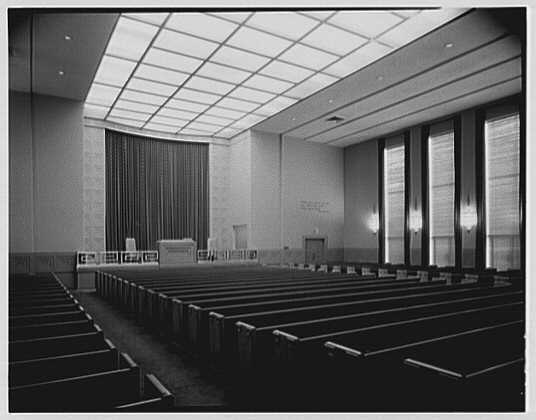
A new survey shows a large segment of Americans no longer adhering to the “Protestant” label the way older generations did. When the weekly survey Nationscape, which is conducted by the Democracy Fund, asked respondents about their religion, it found a noticeable downturn in the use of the “Protestant” label. The survey, which offers the largest publicly available survey dataset in history (with nearly a half million people polled), found that the younger a person was, the more likely they were to prefer the term “Christian” over “Protestant.” Writing in Christianity Today (January 7), Ryan Burge reports that among 20-year-olds, 22 percent indicated that they were Christians, while 8 percent said that they were Protestants. Among 40-year-olds, 25 percent said they were Christian, and 11 percent chose Protestant. Around age 55, people were just as likely to say Protestant as Christian. But the older generation still stuck to the Protestant label, with about one-third of 70-year-olds saying they were Protestants and just 10 percent indicating that they were Christians.

Source: PICRYL.
Burge adds that the label “Catholic” seems to be less affected by age: 18 percent of young folks said they were Catholic compared to 25 percent of those 75 and older. He cites the rise of non-denominational Christianity during the formative years of the younger generations as being one factor that may have led to ambivalence toward the Protestant label. But “race is also a factor in the gap between Protestants and Christians,” with younger African-Americans and Hispanics far more likely to choose the Christian over Protestant label. This gap is smaller among white respondents and those who identify as Asian. Burge concludes by noting that there is some evidence that “younger people who identify as Protestants are more likely to say that they are Democrats than those who say that they are Christians. For instance, 27 percent of white Protestants were Democrats, compared to 20 percent of white Christians. That gap also appears for Black and Hispanic respondents as well.”